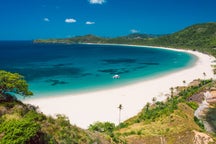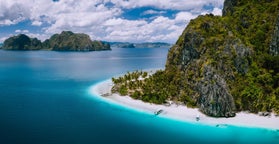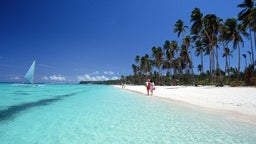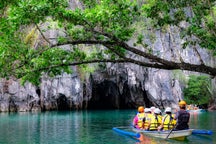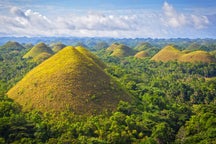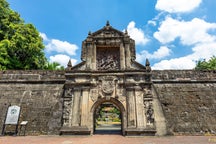Negros Oriental

Negros Oriental is blessed with stunning natural attractions. Among the most popular is Apo Island, a renowned diving destination famous for its vibrant coral reefs and large sea turtle population. The island is a marine sanctuary, making it ideal for snorkelers and divers looking to explore its underwater wonders. Another must-visit spot is Lake Balanan, a freshwater lake surrounded by lush mountains and forests, offering a peaceful retreat with opportunities for kayaking, hiking, and nature-watching.
The province is also home to the majestic Casaroro Falls, located in Valencia, which stands out as one of the tallest waterfalls in the region. The scenic hike leading to the falls is part of the adventure, rewarding visitors with breathtaking views. Mount Talinis, another natural attraction, is a favorite for mountain climbers and trekkers seeking to conquer one of the highest peaks in the Visayas.
Apart from natural wonders, Negros Oriental has a rich cultural heritage. Dumaguete hosts Silliman University, one of the oldest American-established universities in the Philippines, with a beautiful campus overlooking the sea. The province is also known for its annual Buglasan Festival, showcasing its vibrant traditions, dances, and crafts.
Best Time to Visit
The best time to visit Negros Oriental is during the dry season, from November to May. This period provides perfect weather for exploring outdoor attractions like beaches, waterfalls, and mountains.


